par Daniela Alejandra Krikorian Martinez Il y a 5 années
273
MAX WEBER: BUROCRACIA
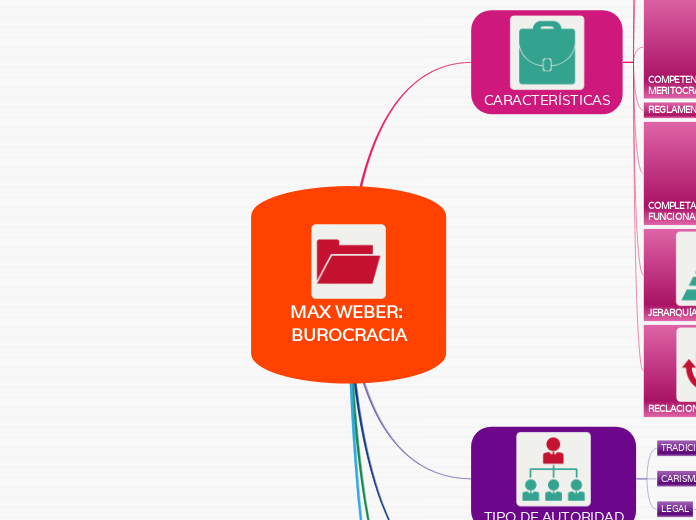
par Daniela Alejandra Krikorian Martinez Il y a 5 années
273

Plus de détails
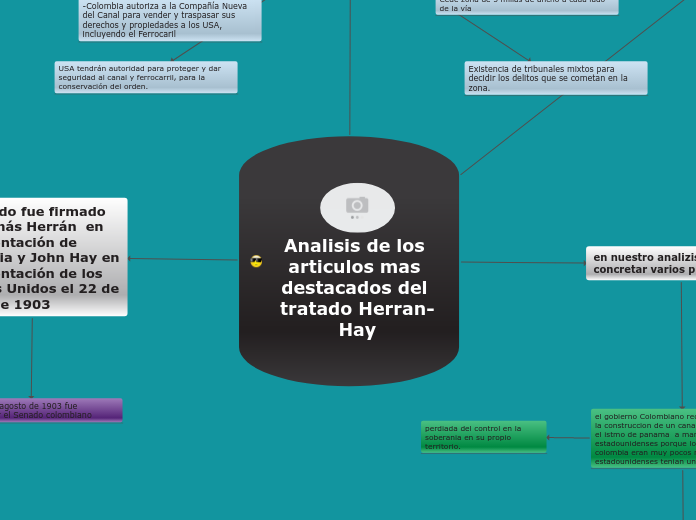

par marek karwat
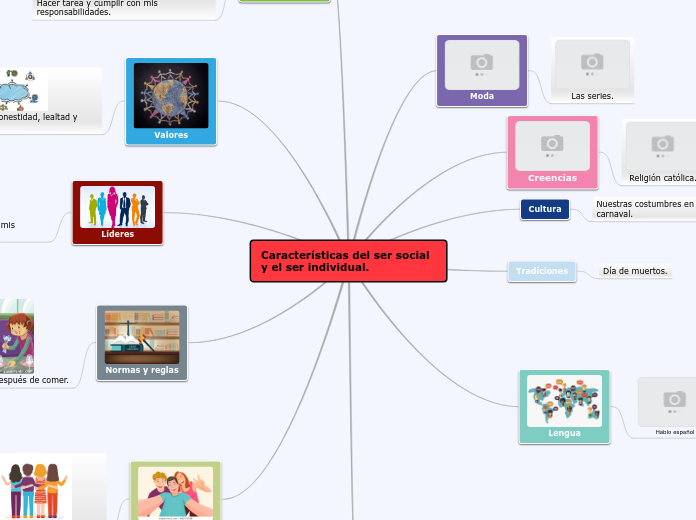

par SALINAS HERNANDEZ SALINAS HERNANDEZ
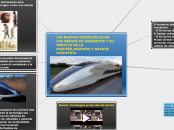

par Ariel Rivera
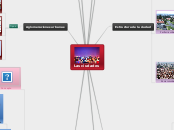

par Andrea Galván

To name your story, you have to think about the overall message and what you want your audience to understand from the story. Also, make it relevant and easy to remember.
The middle of the story is where you add layers of complications that will lead to the end. Reveal more about the character's journey. Did their personality go through changes? How did they overcome the challenges? And as you build up the story’s central conflict, make it more personal to that character. Also, from the middle act, you have to lead into the final act.
There wouldn't be any tension and excitement in your story if there weren't any obstacles in your character's way.
REGLAS
NORMAS
Your character(s) need(s) motivation in order to solve the challenge(s).
Secondary characters also might have motivs beacuse of which they may cross path with main character or which might trigger them to help the main character.
Each story has a main character and that character usually needs to solve a problem or challenge. The character's challenge is the one that creates tension throughout the story.
Type in any other challenges which other characters in the story need to face.
In most stories, there are 3 challenges. The number 3 is a mystical number symbolizing completeness. Try to come up with interesting challenges with which your character needs to struggle.
See a few examples below:
In the beginning of the story (or the exposition), you will need to introduce the setting and characters. You might also want to introduce the main conflict. This part of the story is important because it gives the reader necessary background information and maybe even a first insight into a character’s personality.
CAPACIDAD ADMNISTRATIVA
CAPACIDAD TÉCNICA
The setting (time & place) of a story can change throughout the plot.
reglas, decisiones y acciones registradas por escrito
Characters are essential to a good story. Usually, the protagonist(s) is/are the most affected by the plot. Introduce a character by focusing on their actions, interests, and occupation, as the physical appearance doesn't make a difference in most cases.
Type in the name of your character.
normas
What is your character's main goal?
reglas
Choose the type of your chacter: